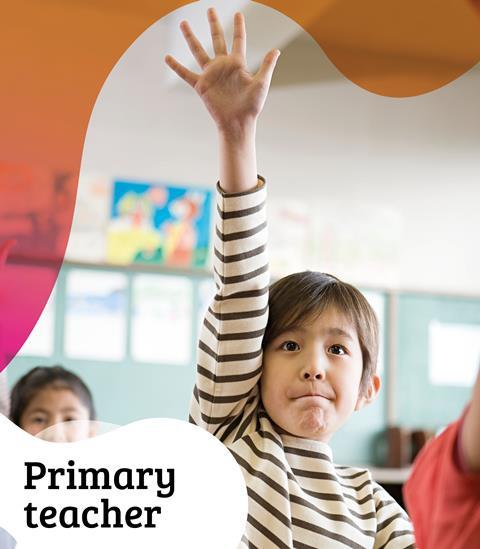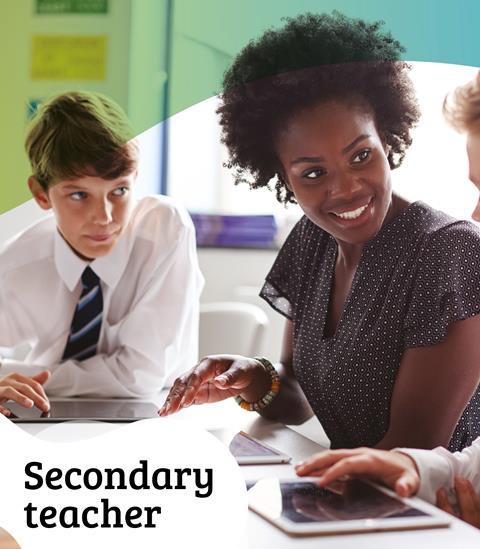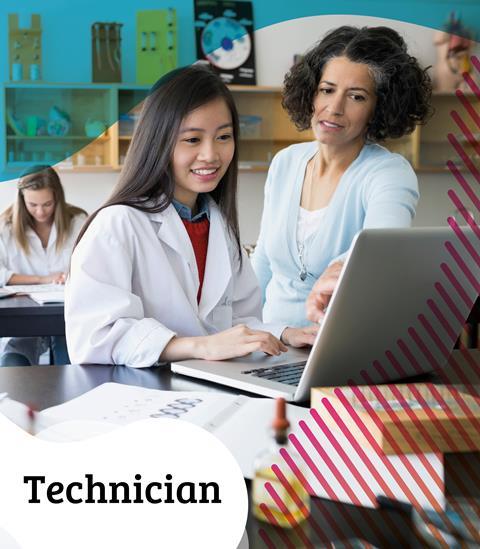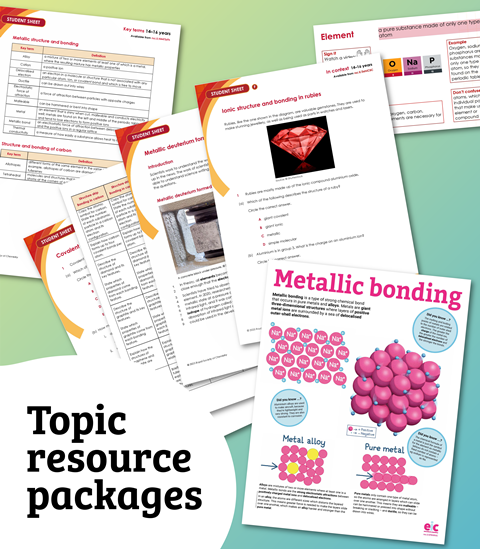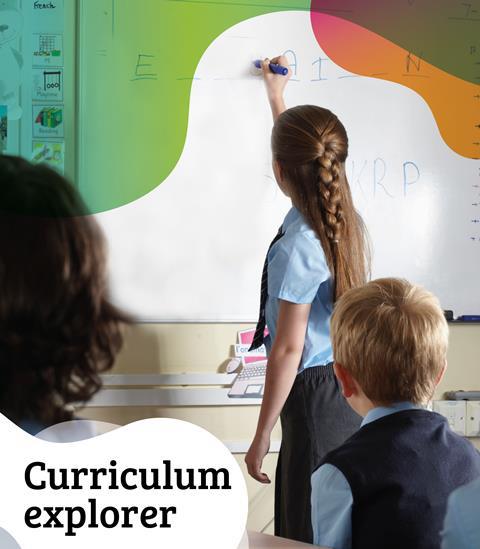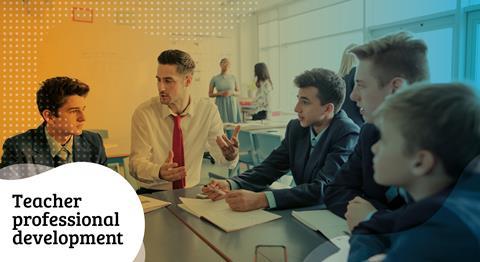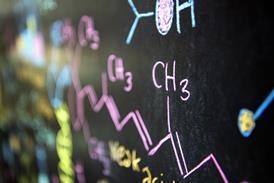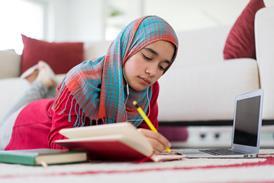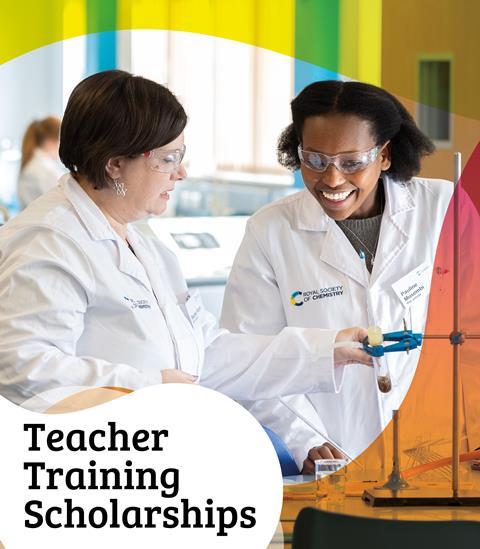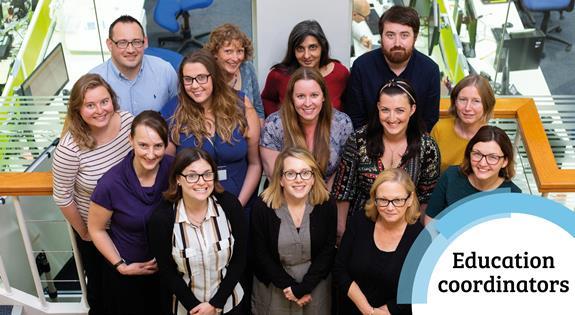All Cross-curriculum articles
-
 Article
ArticleWhat makes soft drinks fizzy?
Learn the science behind your soda’s sparkle and how to avoid too many bubbles
-
 Ideas
IdeasFrayer models offer a window into students’ science capital
Use the literacy framework to explore, break down, explain and consolidate chemistry concepts
-
 Ideas
IdeasWays to teach formation of salts
Secure your learners’ understanding of this core topic with teacher-tested recall strategies and experiments
-
 Article
ArticleWhy does your sweat smell?
Sniff out the science of body odour, deodorants and antiperspirants
-
 News
NewsMedieval bear’s teeth prove historic lead pollution
Palaeontologists discover how metal extraction 1000 years ago affected wildlife
-
 Ideas
IdeasSuccess with GUESS for solving equation-based problems
Help your 11–16 students calculate answers independently and effectively with this acronym
-
 Article
ArticleWhat’s the stretchiest cheese?
Explore the delicious chemistry of cheesemaking and discover the world’s longest cheese pull
-
 Ideas
IdeasTeaching tips to tackle maths anxiety
Help your students develop their numeracy confidence with these back-to-basics steps
-
 Ideas
IdeasWays to teach the mole at 14–16
Use these four ideas to effectively teach and contextualise this crucial chemistry unit
-
 Ideas
Ideas3 ways to consolidate understanding and build exam confidence at 14–16
How connecting chemistry topics will cement prior learning and provide a solid foundation for new content
-
 Opinion
Opinion4 ideas to empower your learners
Use key education frameworks, such as PISA, in your chemistry lessons to equip students for life
-
 Opinion
OpinionCo-curricular thinking
The disruption of the pandemic should shake up our thinking when it comes to curriculum planning
-
 Opinion
OpinionWhy interdisciplinary learning makes sense for science teaching
Find out how one chemistry teacher is making it happen with their biology and geography colleagues
-
 Topic web
Topic webTáirgeadh agus úsáid leictreachais | 9–11 bhliain
Nasc do theagasc curaclaim faoi leictreachas le comhthéacsanna spéisiúla inbhuanaitheachta. Sa ghréasán topaicí seo, moltar gníomhaíochtaí ranga a bhaineann le foinsí inbhuanaithe leictreachais agus monatóireacht a dhéanamh ar an leictreachas a ídímid.
-
 Resource
ResourceComhthéacsanna inbhuanaitheachta le haghaidh eolaíocht na bunscoile
Foghlaim faoin gcaoi le topaicí ón gcuraclam eolaíochta a theagasc trí chomhthéacsanna spéisiúla inbhuanaitheachta. Tugtar moltaí inár ngréasáin topaicí faoi ghníomhaíochtaí ranga a fhorbraíonn scileanna uimhearthachta, litearthachta agus eolaíochta.
-
 Topic web
Topic webCynhyrchu a defnyddio trydan | 9–11 oed
Cysylltwch eich darpariaeth addysgu ar gyfer y cwricwlwm ynghylch trydan â chyd-destunau cynaliadwyedd diddorol. Mae’r we pynciau hon yn cynnig gweithgareddau yn yr ystafell ddosbarth sy’n gysylltiedig â ffynonellau cynaliadwy o drydan a monitro faint o drydan rydyn ni’n ei ddefnyddio.
-
 Resource
ResourceCyd-destunau cynaliadwyedd ar gyfer gwyddoniaeth gynradd
Cyfle i ddarganfod sut i addysgu pynciau gwyddoniaeth ar gyfer y cwricwlwm drwy ddefnyddio cyd-destunau cynaliadwyedd. Mae ein gweoedd pynciau yn cynnwys awgrymiadau ar gyfer gweithgareddau yn yr ystafell ddosbarth sy’n datblygu sgiliau rhifedd, llythrennedd a gwyddoniaeth.
-
 Resource
ResourceSustainability contexts for primary science
Find out how to teach science curriculum topics through engaging sustainability contexts. Our topic webs include suggestions for classroom activities that develop numeracy, literacy and scientific skills.
-
 Topic web
Topic webElectricity production and use | 9–11 years
Connect your curriculum teaching on electricity to engaging sustainability contexts. This topic web suggests classroom activities linked to sustainable sources of electricity and monitoring our electricity usage.
-
 Resource
ResourceTransition metals and anticancer drugs | 16–18 years
Worksheet to check your students’ knowledge on shapes of complexes, their understanding of anticancer drugs and provide them with some history behind cisplatin

